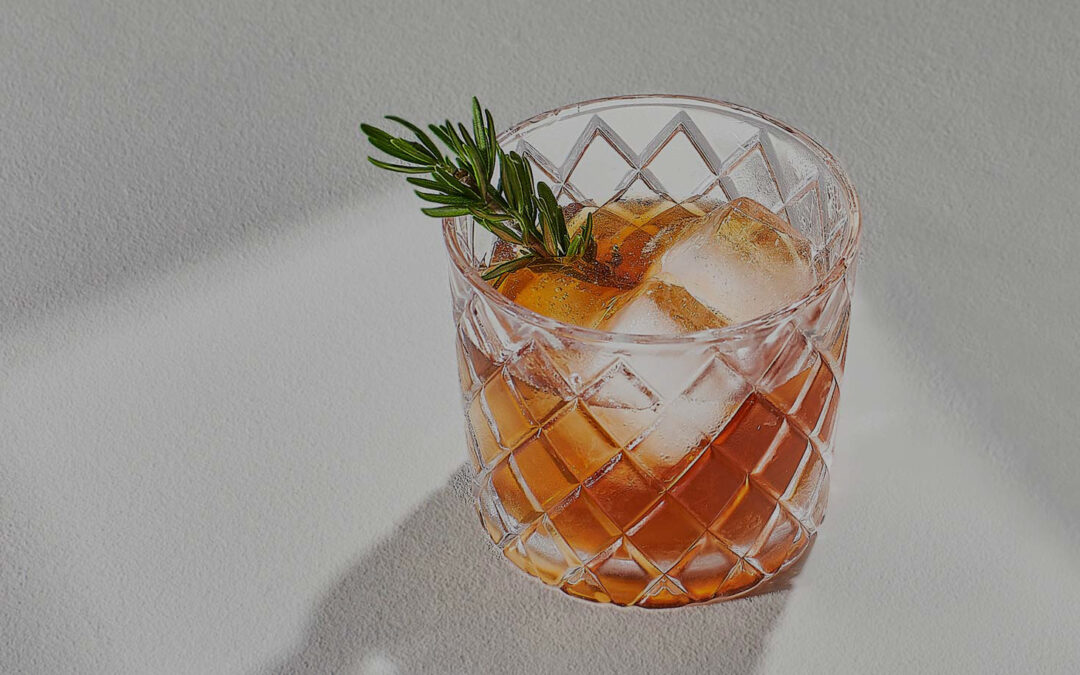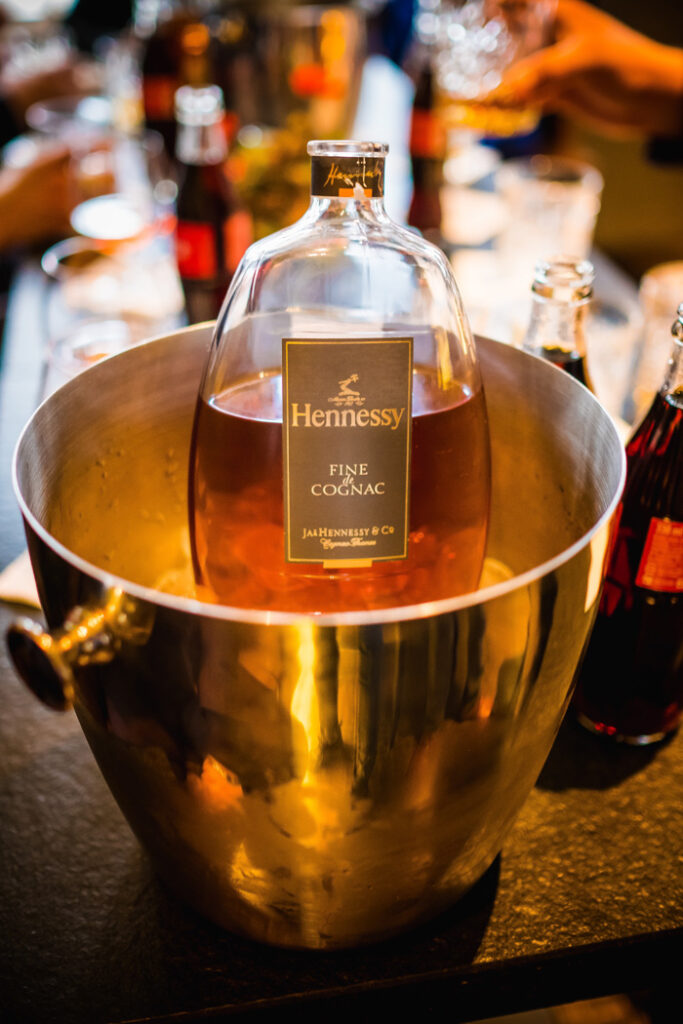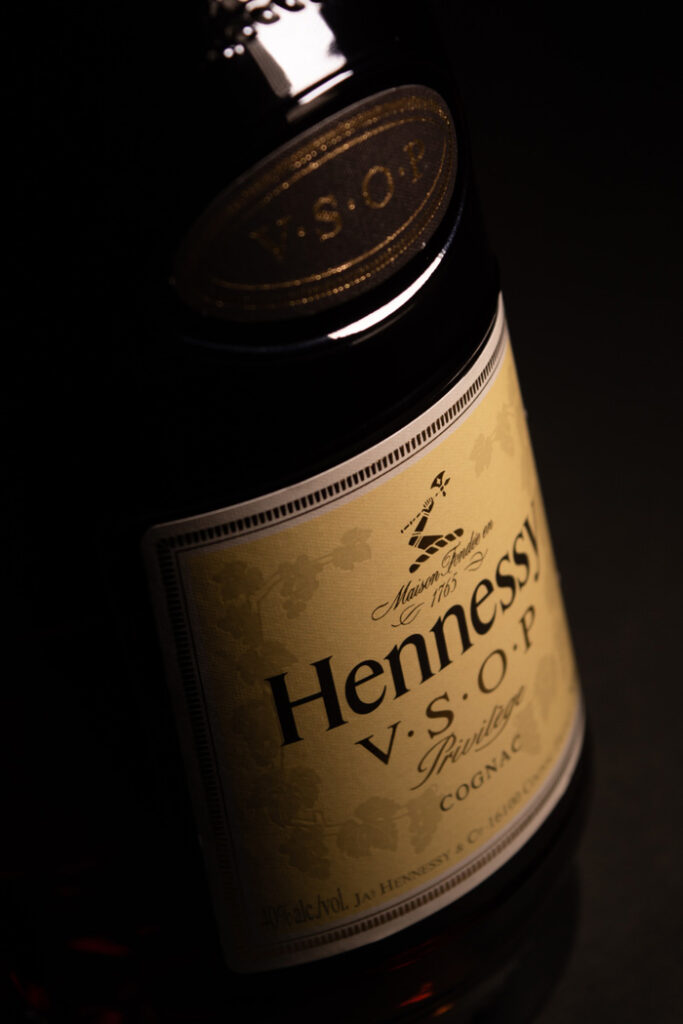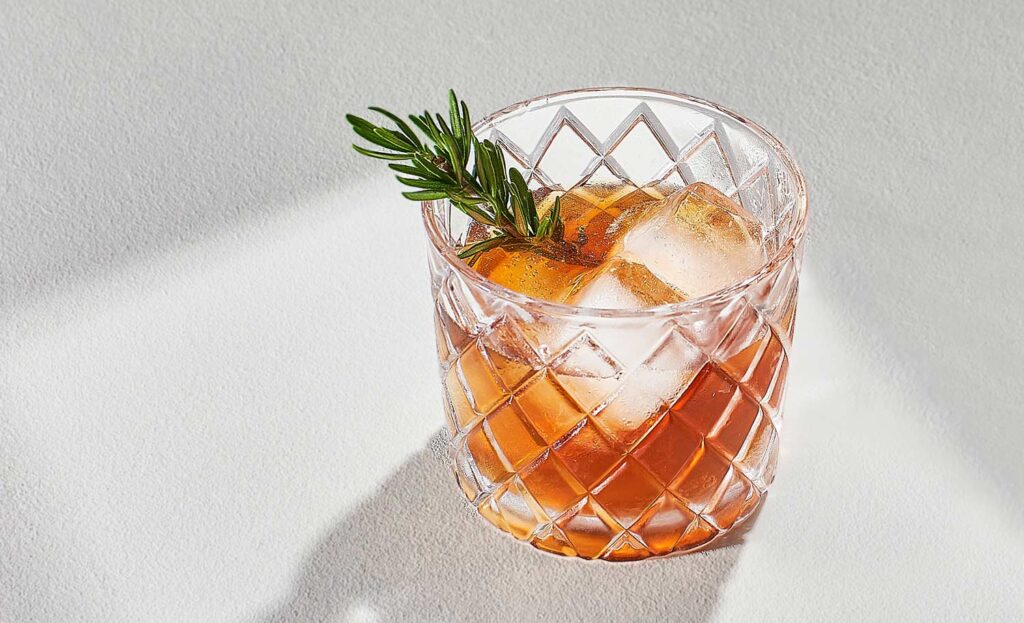
Reasons To Get High-Spirited With Cognac
Cognac is one of the world’s most exciting and dynamic spirit categories. Slick advertising and cutting-edge packaging have helped to facilitate enviable sales growth.
But it hasn’t always been like this.
Cognac’s Dramatic Metamorphosis!
Until the mid-1990s, Cognac sales were heading in the same direction as the VHS recorder.
The association with white, middle-aged blokes combined with outdated packaging did little to attract new drinkers.
Bizarrely, the fortunes of this former aristocratic brandy were reversed by a most unlikely band of endorsees.
High-profile rappers including Snoop Dogg, Buster Rhymes and 2Pac, began referencing the ‘brown bottle’ and ‘Henny’ in their music.
After much-needed makeovers, the appearance of well-known brands in hip-hop videos became as synonymous as the bling.
My Own First Impressions of Cognac
Cognac first hit my radar in early 1997, at the tender age of 24, I’d recently been promoted to assistant wine buyer at Fortnum & Mason and given the entire spirits range to manage. A daunting yet exciting prospect.
One of the perks of the role was accepting invitations to tastings and launch events. Imagine that, being paid to drink expensive booze!

One such event was a Ragnaud Sabourin Cognac lunch at a swanky restaurant a short walk from the store. This turned out to be a blessing, for reasons that will become clear shortly.
Each of the four courses were paired with a progressively smooth and complex cognac. To round the meal off, an extra couple of rarities were thrown in with the coffee. The only reason I know I made it back to the buying office is that I was woken up by the cellar guys when it was time to lock up.
I still have my tasting notes from that lunch, well they certainly started as such. Sadly, I have absolutely no way of deciphering what those two rarities were like!
Cognac on the Rise
During the noughties, advertisers set their sights on the younger generation, particularly those with higher disposable incomes. They also focused on the emerging markets in the Far East. Turns out they have a particular penchant for high quality spirits.
Since the turn of the millennium, Cognac’s sales have boomed. Partly in tandem with the exponential growth in wine consumption. Partly because of the evolution of eye-catching packaging and partly through the development of the cocktail market.
Continued endorsements by pop and rap icons have also played a pivotal role, especially in the US market. The biggest brands have offered some seriously lucrative deals for these guys to act as brand ambassadors.
What Makes Cognac…Well, Cognac?
First and foremost Cognac is a type of brandy, which means that it’s distilled from grapes. The predominant variety is Ugni Blanc, supported by Folle Blanche and Colombard. If these are all sounding unfamiliar, don’t worry. There’s a good reason for that which I’ll come on to.
These grape varieties are highly acidic, low in fruit intensity and high yielding. Their flavour neutrality makes them the perfect base for distillation. Far less so for table wine.
To legally qualify as Cognac, the brandy must be double distilled in traditional, copper pot stills. They must also be aged for at least two years in oak barrels. The oak has to have been sourced from either the Limousin or Tronçais forests, both local to the Cognac region.
Most of the character of the final spirit actually comes from the ageing process. Which essentially means from the oak barrels, just as it is in rum and malt whisky production. They’re further refined by skilful blending of the different aged Eaux de Vies (the collective name for the distilled spirits).
Making Sense of Cognac’s Geography
Understanding Cognac is relatively straight-forward. You just need to get your head around some basic geography and key labelling terms.
We’ll come back to labelling in a minute but first, let’s talk geography.
Cognac is a commune located in the Charentes region of western France, just above Bordeaux. It falls under the French AOC system, which means that its production is strictly controlled.
There are six sub-regions within Cognac that can carry the famous name. Starting in ascending order of quality with Bois Ordinaires/Bois Communs, followed by Bons Bois. Next comes Fins Bois (the largest vineyard area or ‘cru’), then Borderies (the smallest ‘cru’). At the heart lies Petite Champagne and finally Grande Champagne.
The reference to Champagne has nothing to do with sparkling wine. It actually draws a parallel with the soils found in the Champagne region. Because they are almost identical to those found in these top two ‘crus’.

Ageing in Cognac
Think of ageing in Cognac as an indication of style and quality, along the same lines as Single Malt Whisky.
If the label displays three stars, or simply the term VS, you’re looking at a good entry-level brandy. The youngest spirit in the blend must be at least 2 years old.
More premium houses like Rémy Martin, Hine, Prunier and Hennessy set a much higher minimum age. This ultimately produces a smoother and more complex brandy.
VS is in fact an old English acronym for ‘Very Special’.
A VSOP or ‘Very Superior Old Pale’ is the next step up where the youngest spirit is no less than 4 years old. This category has been monopolised by Rémy Martin for years. Thanks, in no small part, to Oriental and Indian restaurants that fell hook, line and sinker for the revolutionary black frosted-glass bottle!
The terms Reserve and VO are seen infrequently but follow the same legal definition as VSOP.
Occasionally, you’ll see Napoléon cited on the label. This was pioneered by Courvoisier when they put aside a brandy for the famous French ruler, just after his abdication.
In quality terms, Napoléon Cognacs sit between VSOP and XO and must be at least 6 years old, but in practise they’re usually considerably older.
The final category is XO or ‘Extra Old’ which generally represents a quantum leap in quality and price from VSOP. Like Napoléon, the minimum aged spirit here must be 6 years old. In reality, they will be aged somewhere between 15-20 years on average.
These are the super luxy, aspirational Cognacs for connoisseurs, or those with deep pockets, and the packaging generally reflects this.

Dated Cognacs
Although rare, one or two houses also produce Cognacs from a single vintage, shown on the label. Hine is probably the best-known producer of these.
There are also Early Landed Cognacs, which are shipped in barrel to a bonded warehouse in England. These are aged under the watchful eye of HM Revenue & Customs. As well as showing the year in which the grapes were harvested, they also show the year of landing.
Due to the climatic differences between the UK and France, the early landed cognacs have a unique taste. They tend to be more floral, delicate and paler in colour than those aged in Cognac itself.
The Cocktail Scene
I was a relative latecomer to cocktails. This possibly had something to do with my 18th birthday which left me scarred for years. Waking up the following day with the mother of all hangovers thanks to a successive ‘cocktail’ of beer, various liqueurs and spirits was extremely grim!
During the mid-noughties, I had to bury the ‘cocktail hatchet’ and get re-acquainted. The wine agency business that I was working for inherited a portfolio of spirits due to a change of ownership. We worked with some pretty high-profile brands, Hine Cognac being one, so it certainly wasn’t all doom and gloom.
I recall tasting a variation of a Horse’s Neck where the whisky was subbed for cognac. I thought, “Bloody hell, this is good!”
Since then, other classics like Metropolitan, Sidecar and Stinger along with long mixers have really propelled cognac’s popularity. Over the past few years, especially through COVID, the major houses have experienced strong double-digit growth in all key markets.
It’s become abundantly clear that Cognac has succeeded in re-inventing itself and continues to appeal to a broader consumer base.
Whatever and however you drink your spirits, Cognac offers great versatility.
The spectrum of flavours and quality levels are broad enough to satisfy any palate. I’d even go so far as saying alongside whisky, they offer some of the best flavoured spirits in the world.

